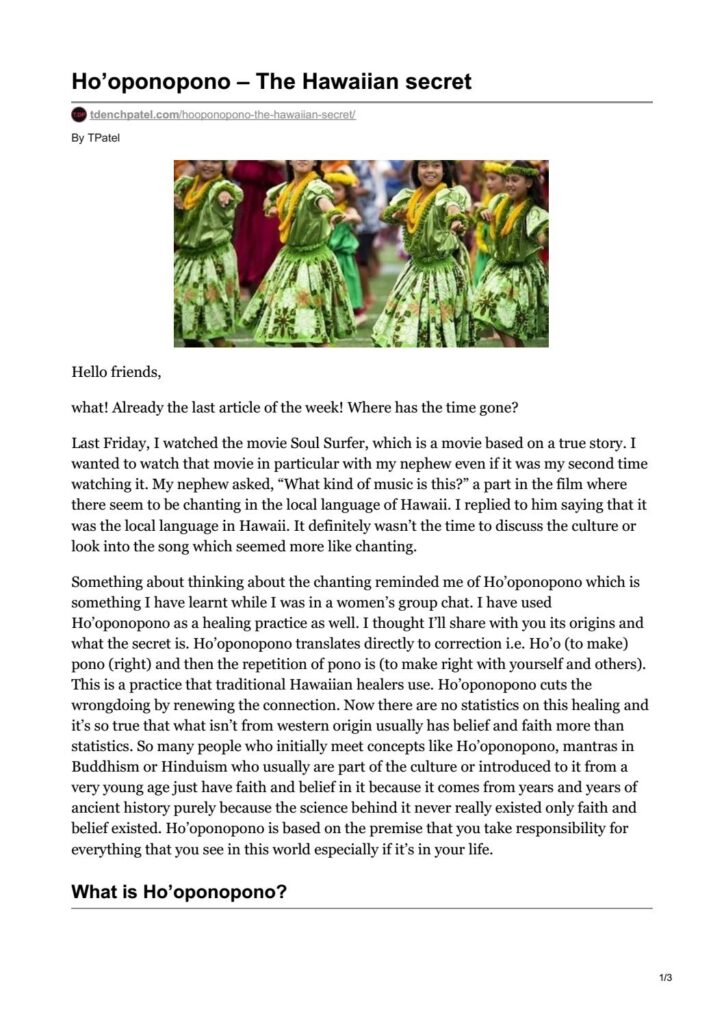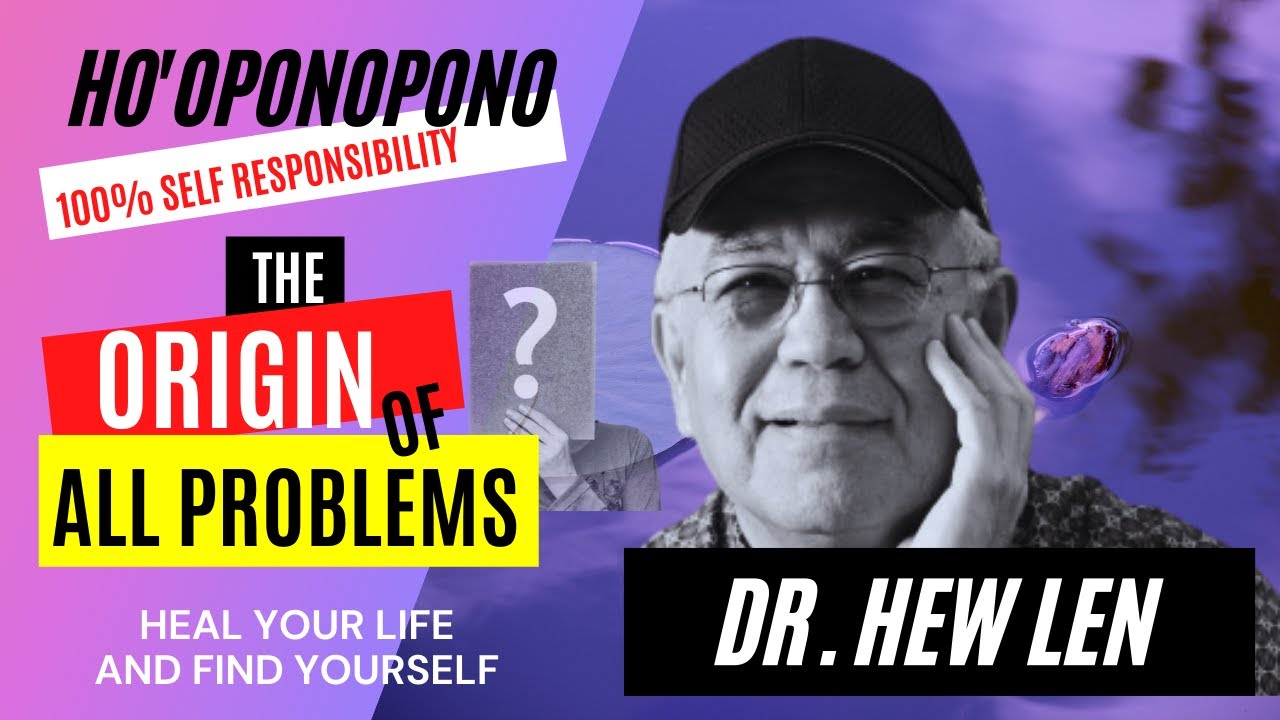In this article, you will learn about the fascinating history of Ho’oponopono. Origins of this ancient Hawaiian practice can be traced back centuries, where it was used by native Hawaiians as a way to reconcile and restore harmony within relationships and communities. Ho’oponopono, which means “to make right,” has evolved over time and is now recognized worldwide as a powerful tool for healing and forgiveness. By understanding its roots, you will gain a deeper appreciation for the transformative power of this practice. Ho’oponopono is an ancient Hawaiian practice that is rooted in indigenous traditions. It is a traditional method of family and community reconciliations, emphasizing the importance of forgiveness and reconciliation. Over the years, Ho’oponopono has evolved and been adapted to incorporate spiritual principles and integrate into therapeutic practices.
The origins of Ho’oponopono can be traced back to the indigenous people of Hawaii. It was an integral part of their culture and was used as a means to restore balance and harmony within the community. The practice was primarily aimed at resolving conflicts and healing relationships, with the ultimate goal of bringing about peace and unity.
Traditional Ho’oponopono involved gathering the entire family or community together to participate in a reconciliation process. The process typically involved open and honest communication, collaboration, and a willingness to forgive and be forgiven. Through dialogue and sharing, individuals were able to express their grievances and confront their issues, leading to a deeper understanding and resolution of conflicts.
One of the key aspects of Ho’oponopono is the emphasis on personal responsibility. Each individual is encouraged to take ownership of their actions and acknowledge the role they play in the relationships and dynamics within the community. By taking responsibility, individuals are able to reflect on their behavior and make amends in order to restore harmony.
Another important aspect of Ho’oponopono is the belief in clearing negative energies and emotions. The process involves releasing negative emotions, such as anger, resentment, and guilt, in order to create space for healing and reconciliation. Through prayers, chants, and rituals, individuals seek to release these negative energies and replace them with positive and healing energies.
Over the years, Ho’oponopono has undergone various adaptations and influences. It has been influenced by the Polynesian culture, as well as interactions with Western influences. These influences have shaped the practice, leading to the incorporation of spiritual principles and a deeper understanding of the mind, body, and spirit connection.
In more recent times, Ho’oponopono experienced a revival and popularization. In the 20th century, the practice was rediscovered and brought to wider attention. Books and workshops were created to spread knowledge and teach the principles of Ho’oponopono to a larger audience. This revival brought about a renewed interest in the practice and its potential for personal and collective healing.
Key concepts in Ho’oponopono include the importance of taking responsibility for one’s actions and the recognition of the interconnectedness of all beings. By acknowledging our role in conflicts and situations, we are able to actively participate in the process of healing and transformation. Additionally, clearing negative energies and emotions is seen as a vital step in creating a state of balance and harmony within ourselves and our relationships.
Ho’oponopono is also strongly associated with self-healing. The practice believes in the power of inner transformation as a means to heal physical, emotional, and spiritual ailments. By aligning the mind, body, and spirit, individuals can bring about a state of holistic well-being and restore their own health.
However, Ho’oponopono is not without its criticisms and controversies. Some argue that the practice has been culturally appropriated, as it has been taken out of its original context and commercialized. Additionally, there have been misinterpretations and misunderstandings surrounding Ho’oponopono, leading to a diluted understanding of its core principles and practices.
Despite these controversies, scientific studies have explored the potential benefits of Ho’oponopono. Research has shown its positive effects on mental well-being, such as reduced stress and increased feelings of inner peace. The practice has also been found to have potential benefits in enhancing relationships and improving overall quality of life.
In conclusion, the history of Ho’oponopono is rich and complex, with its origins deeply rooted in indigenous Hawaiian traditions. Its emphasis on forgiveness, reconciliation, and personal responsibility continues to be relevant in today’s world. Appreciating the contribution of Ho’oponopono to personal and collective healing is essential, as it offers a unique approach to restoring balance and unity in our lives.

